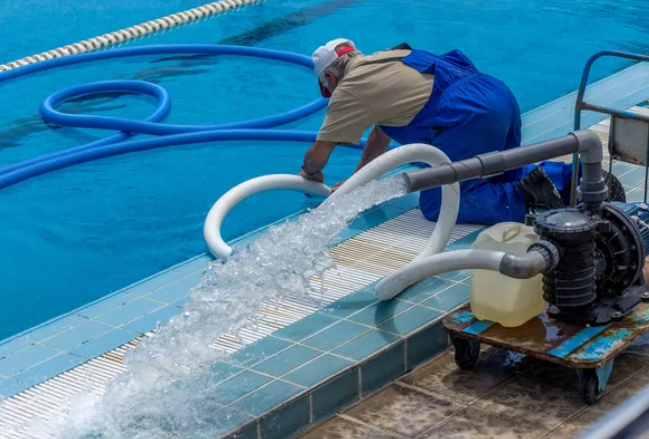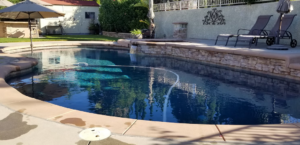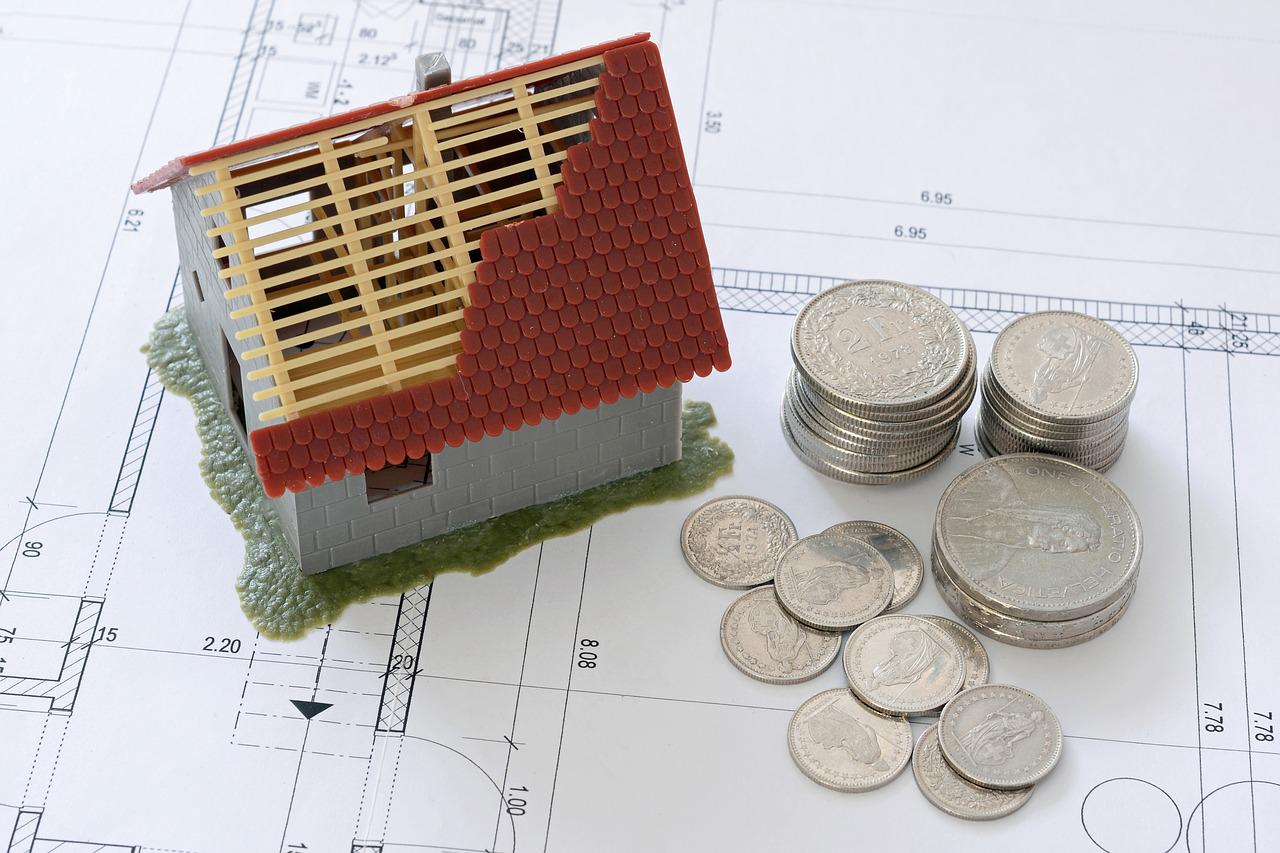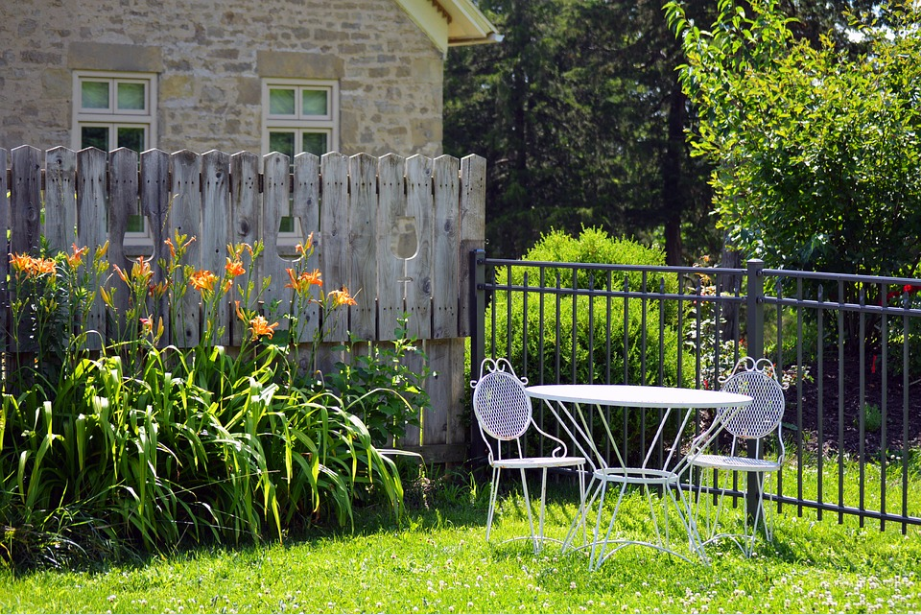It’s such a huge investment to have your pool well-maintained, and as much as possible, you should always keep it in good shape. But there will be times that you’ll encounter some issues with the pool, and most of these issues come from the tiles. There are a lot of things that can happen to your pool, but one of the most common issues is the pool tile damage.
That’s why today, we’re going to teach you how to master pool tile repairs and maintenance so you can keep your pool in its best condition. Pool tile repair that includes routine inspection, maintenance, and balancing chemical levels will be explained here. So let’s get started.
Routine Inspection and Maintenance

Keeping a close eye on the condition of your pool tiles is key to ensuring their longevity and visual appeal. Regular routine inspection and maintenance can help you catch any issues early on, preventing them from escalating into more significant problems down the line. Start by checking for any signs of cracks or chips in the tiles. In addition to visually inspecting your pool tiles, it’s crucial to feel for any loose or uneven areas. Gently run your hand over each tile surface, checking for any movement or irregularities.
Don’t forget about grout maintenance. Over time, grout between tiles can deteriorate due to exposure to chemicals, sunlight, and continuous water contact. A well-maintained grout not only enhances the overall appearance of your pool but also prevents water seepage behind the tiles.
Proactive Cleaning Practices
Keeping your pool tiles clean is essential for maintaining a sparkling oasis in your backyard. By adopting proactive cleaning practices, you can ensure that your pool tiles remain free of dirt, grime, and unsightly stains. One effective approach to proactive cleaning is regular brushing. Use a soft-bristle brush or a nylon scrub pad to gently scrub the overall surface of the tiles. This will help remove any accumulated debris or mineral deposits before they have a chance to become stubborn stains.
In addition to manual brushing, be sure to use quality pool tile cleaners specifically designed for removing scale and buildup. These cleaners are formulated with powerful yet safe ingredients that can effectively dissolve tough stains without damaging the tiles.
Balanced Chemical Levels
 But why should we maintain its chemical levels? This not only helps to keep your tiles looking pristine but also promotes a healthy swimming environment for you and your family. Moreover, maintaining balanced chemical levels involves regular testing and adjusting the pH, alkalinity, and sanitizer levels in your pool.
But why should we maintain its chemical levels? This not only helps to keep your tiles looking pristine but also promotes a healthy swimming environment for you and your family. Moreover, maintaining balanced chemical levels involves regular testing and adjusting the pH, alkalinity, and sanitizer levels in your pool.
Your perfect number of pH would be 7.2 to 7.8 as this prevents corrosion or scale buildup on your pool tiles. Alkalinity should be kept within the range of 80 to 120 ppm to stabilize the pH level. It’s crucial to monitor chlorine or other sanitizers regularly as well. Remember that excessive use of chemicals can lead to issues such as bleaching or etching on the surface of tile grout lines, so always follow recommended dosage instructions carefully.
Careful Pool Usage
Careful pool usage is essential for avoiding unnecessary damage to your tiles. Encourage swimmers to avoid roughhousing or jumping onto the edges where tile repairs are most common. Educate yourself about proper diving techniques if you have a diving board installed.
All in all, mastering pool tile repairs and maintenance requires diligence and proactive efforts from homeowners like yourself. By implementing regular inspections, balancing chemical levels correctly, practicing proactive cleaning habits, and promoting careful use of the pool, you’ll ensure that it remains an inviting retreat year after year.




